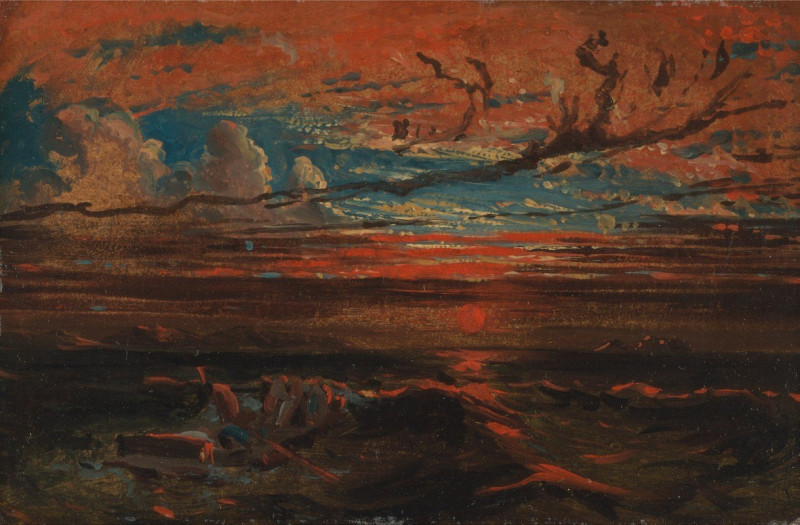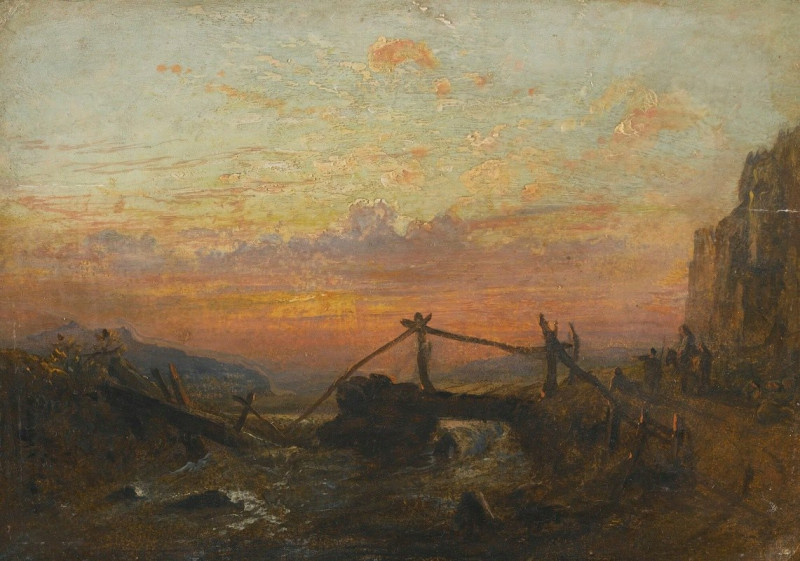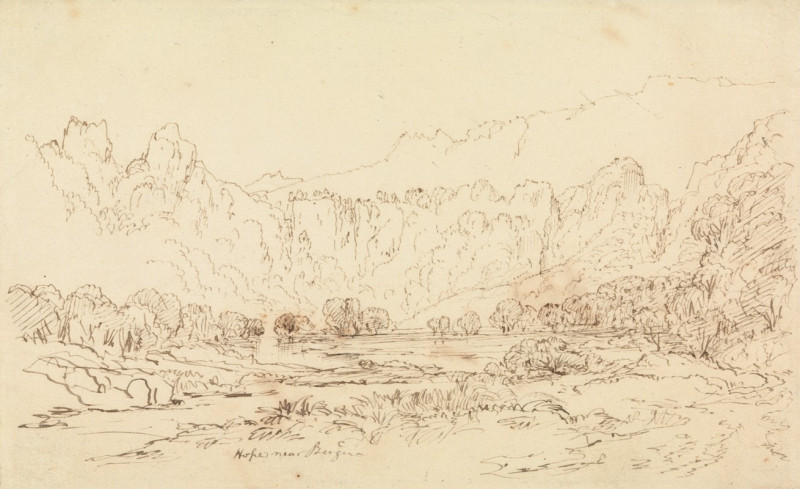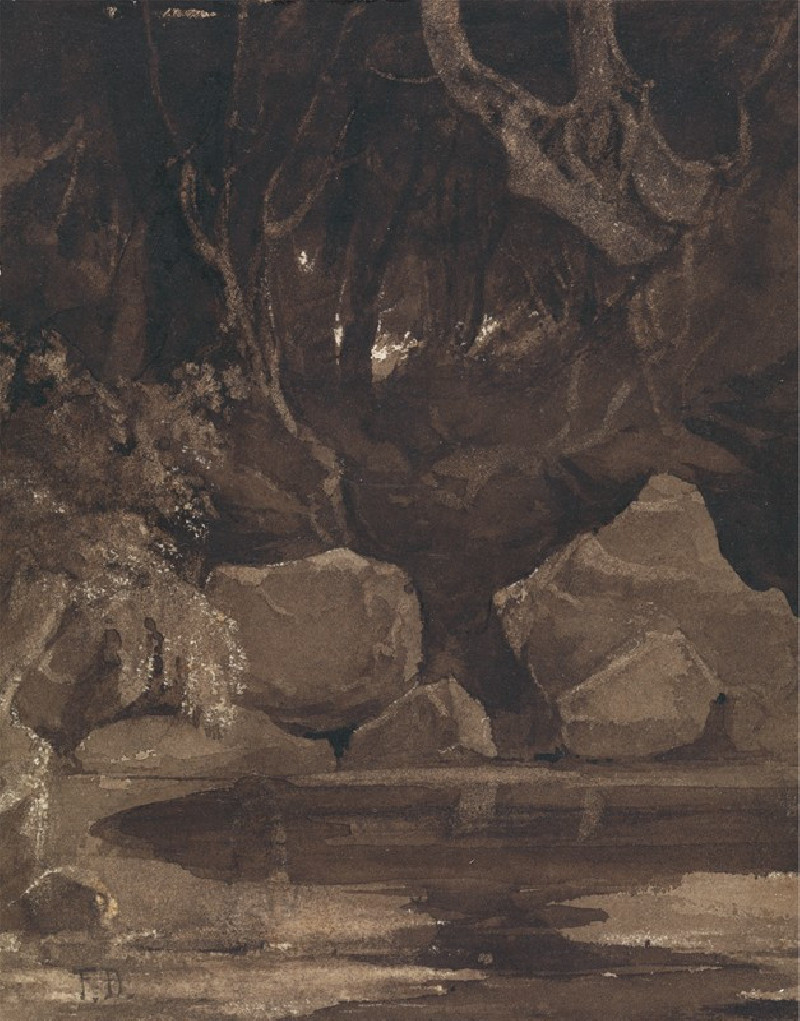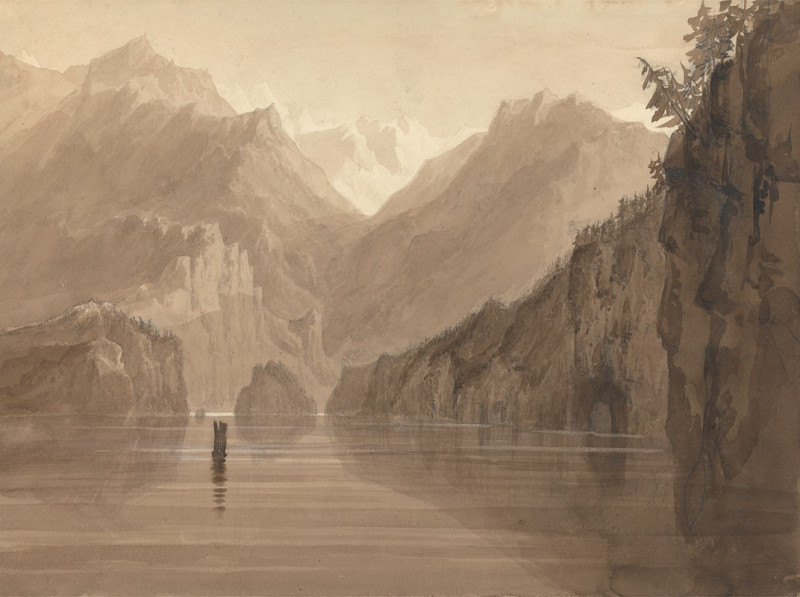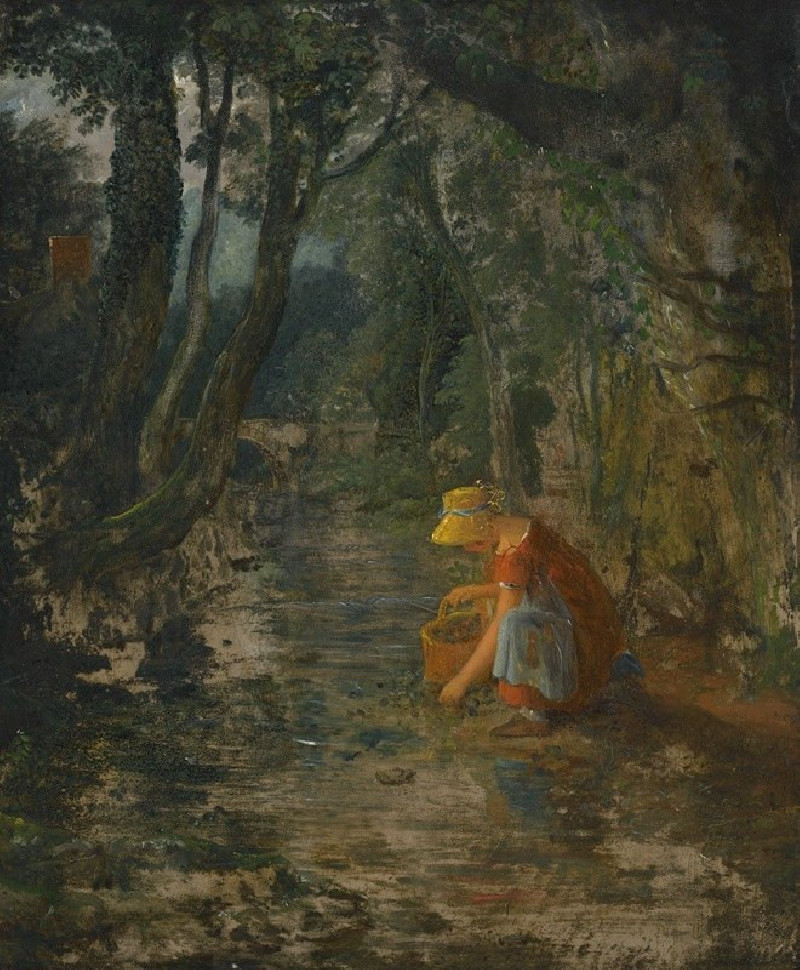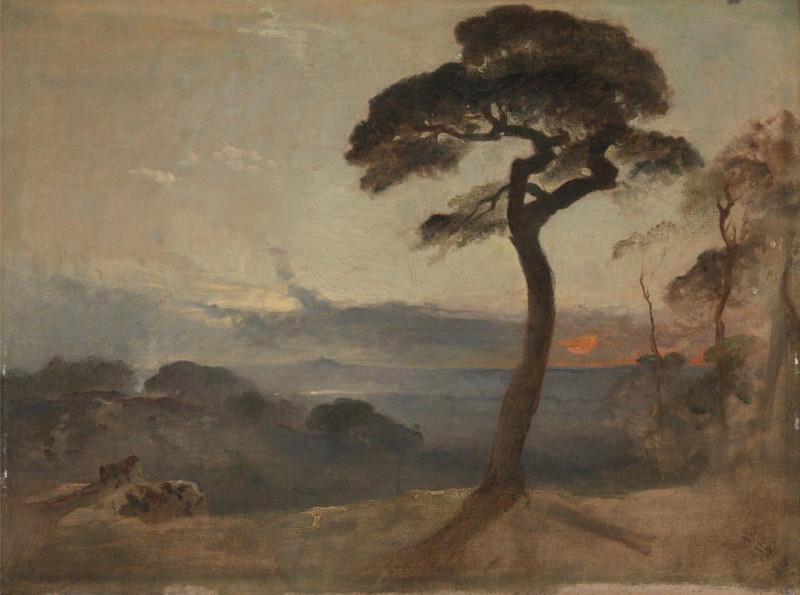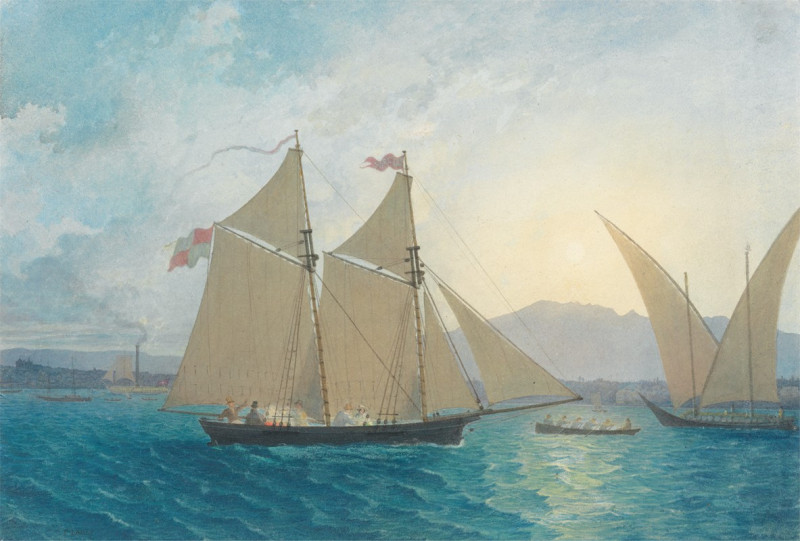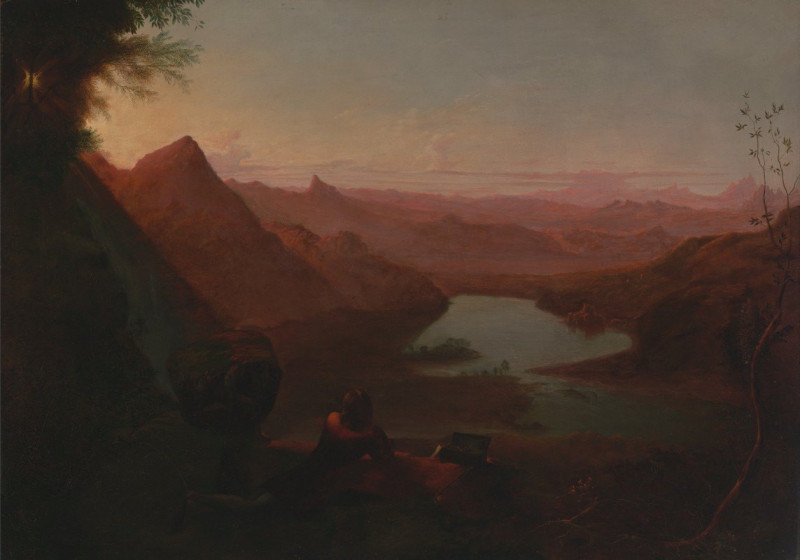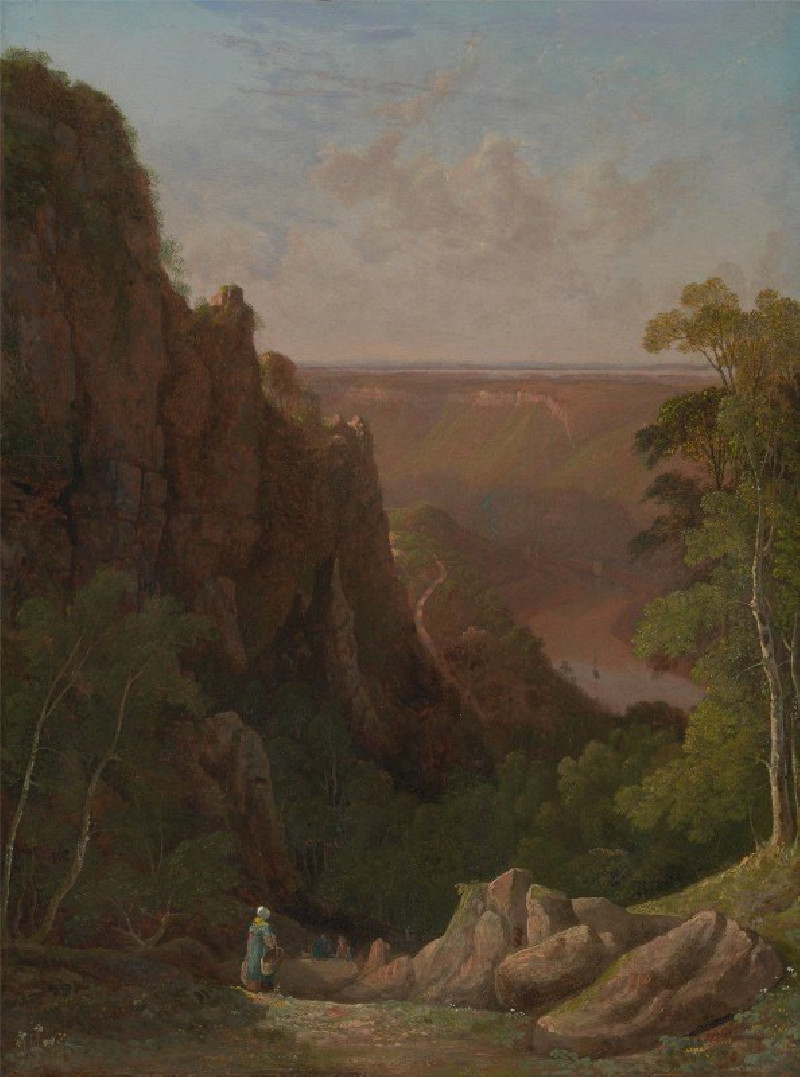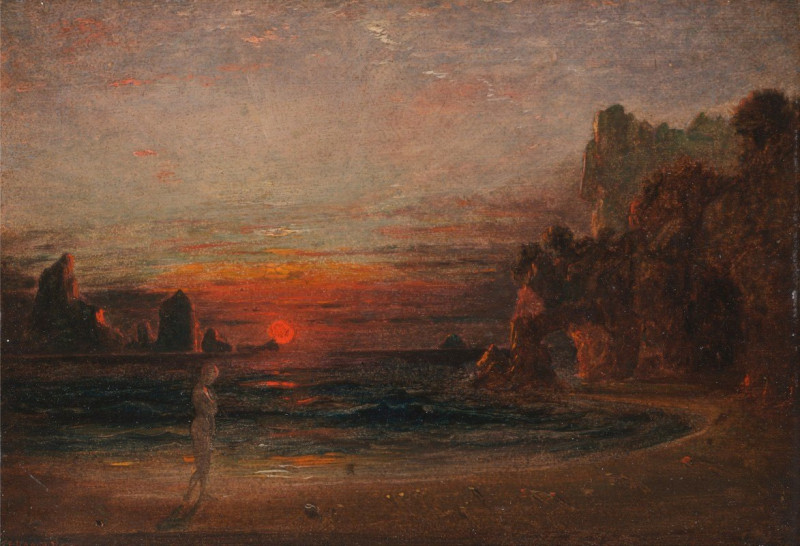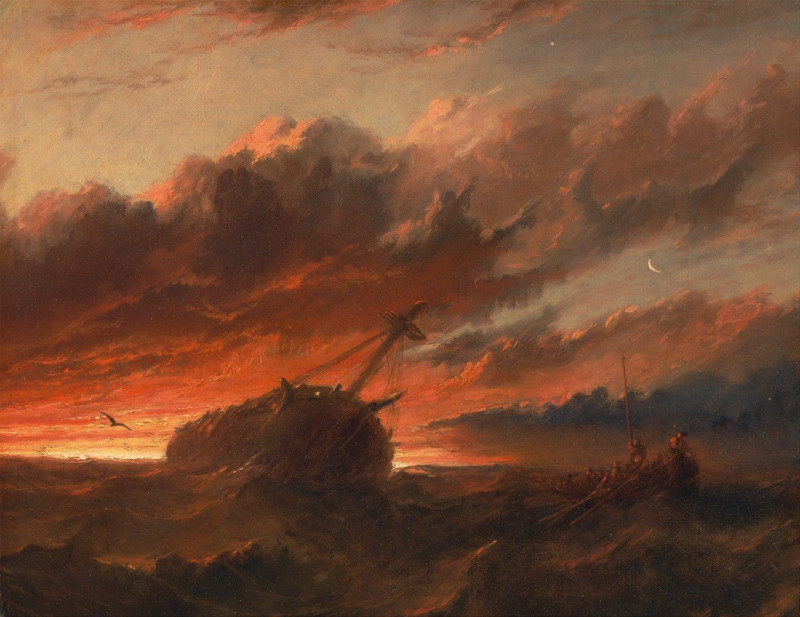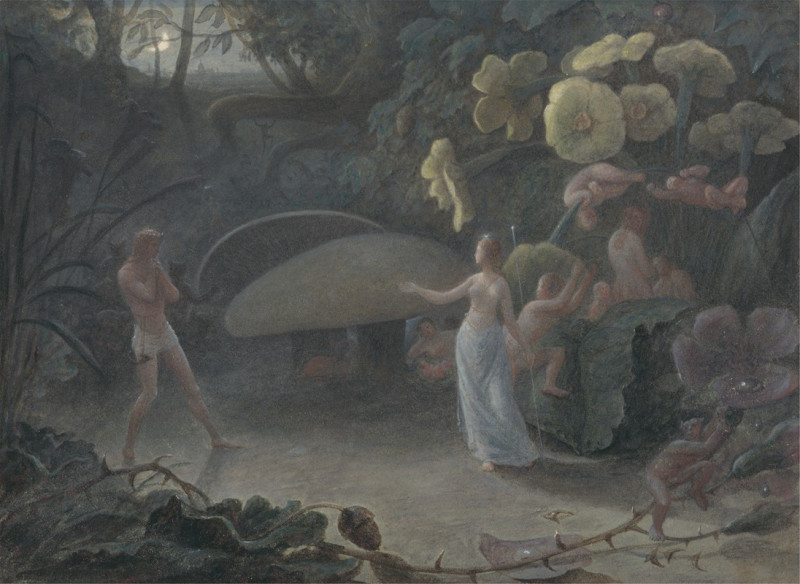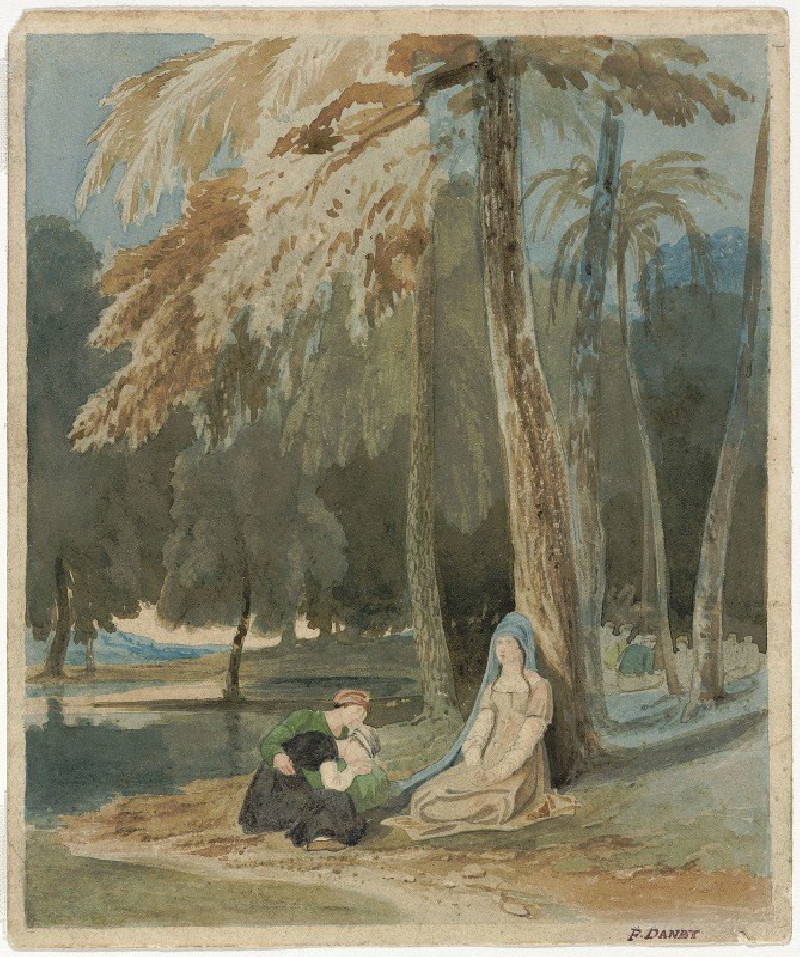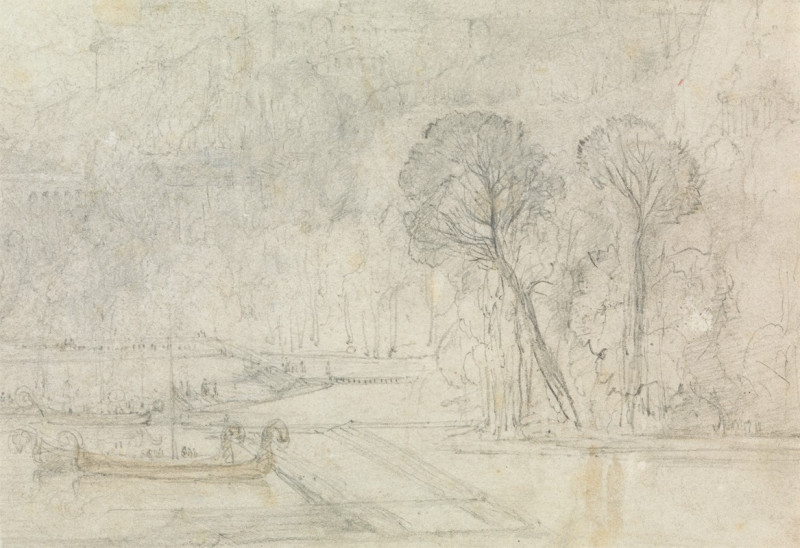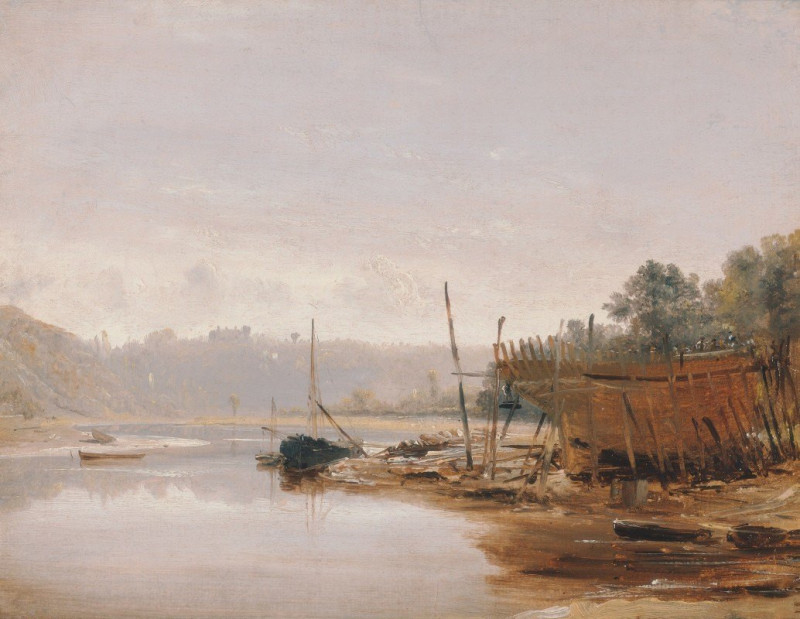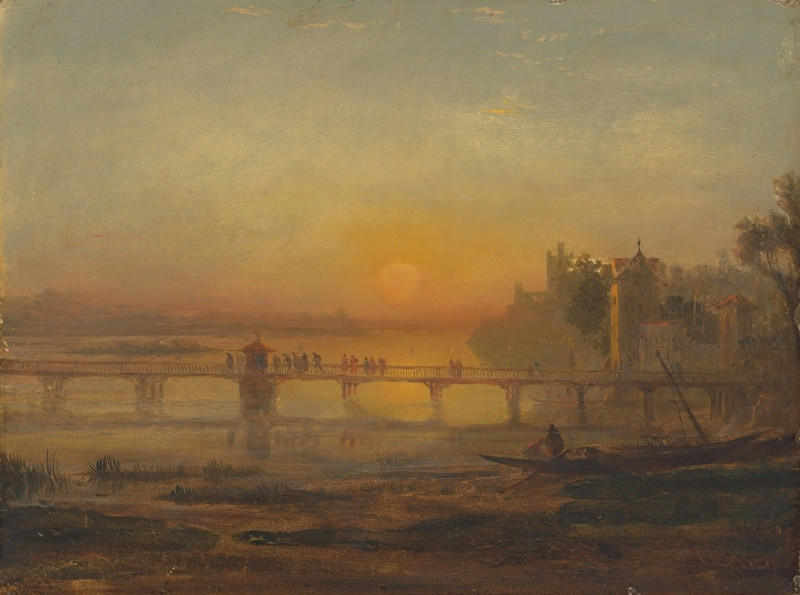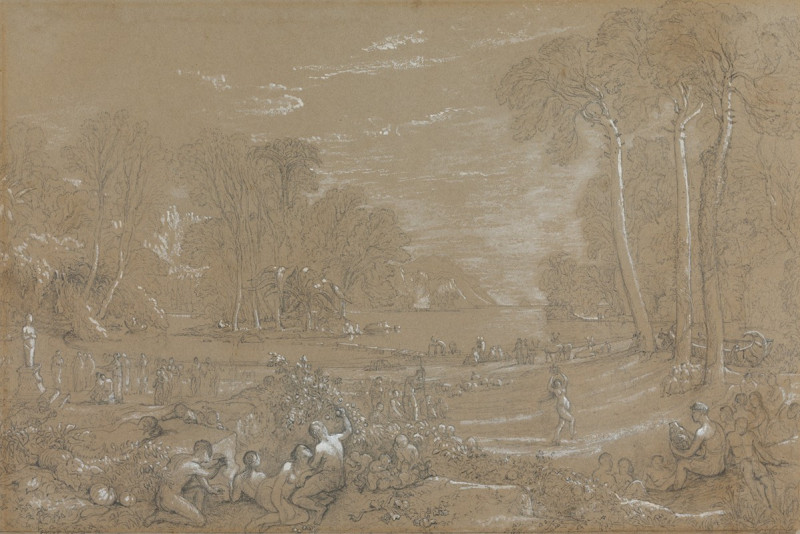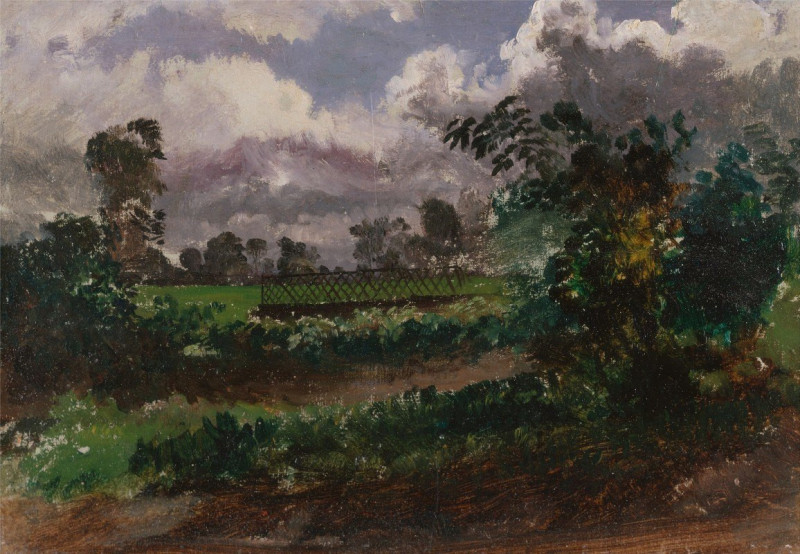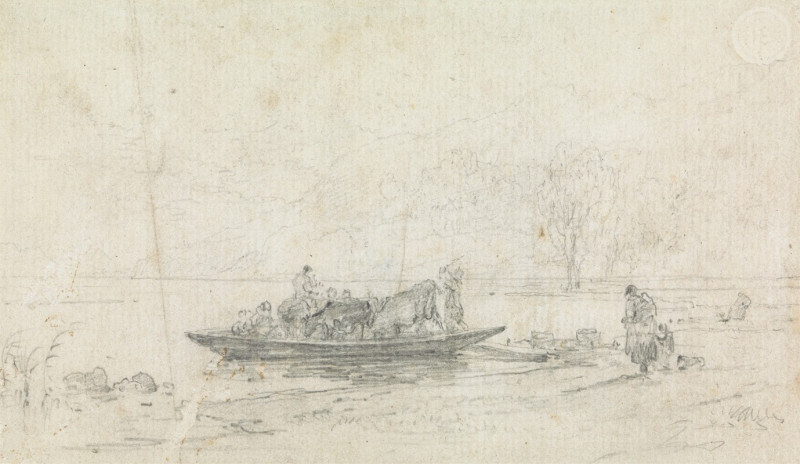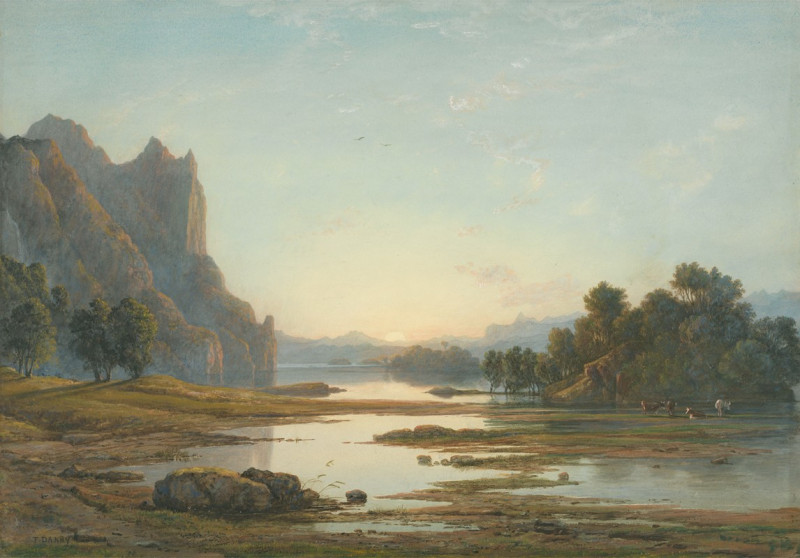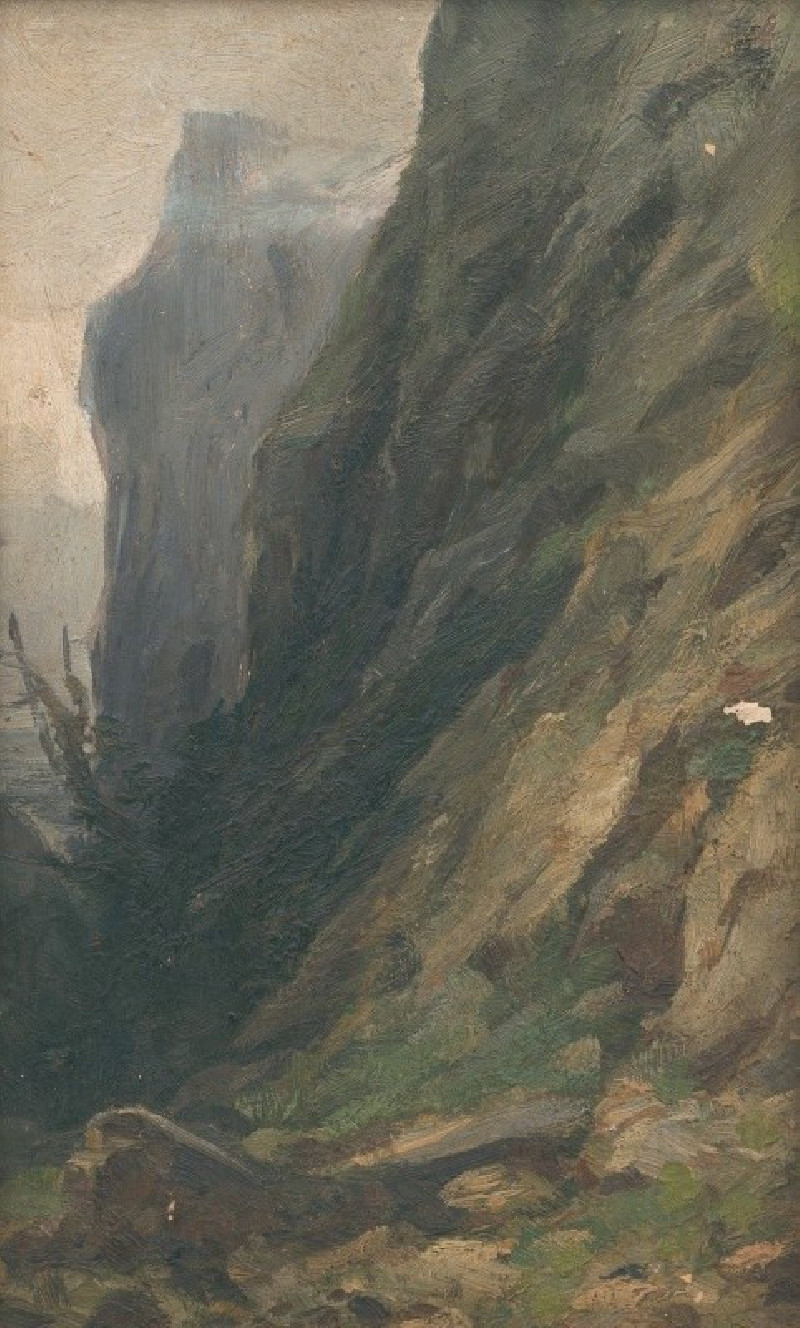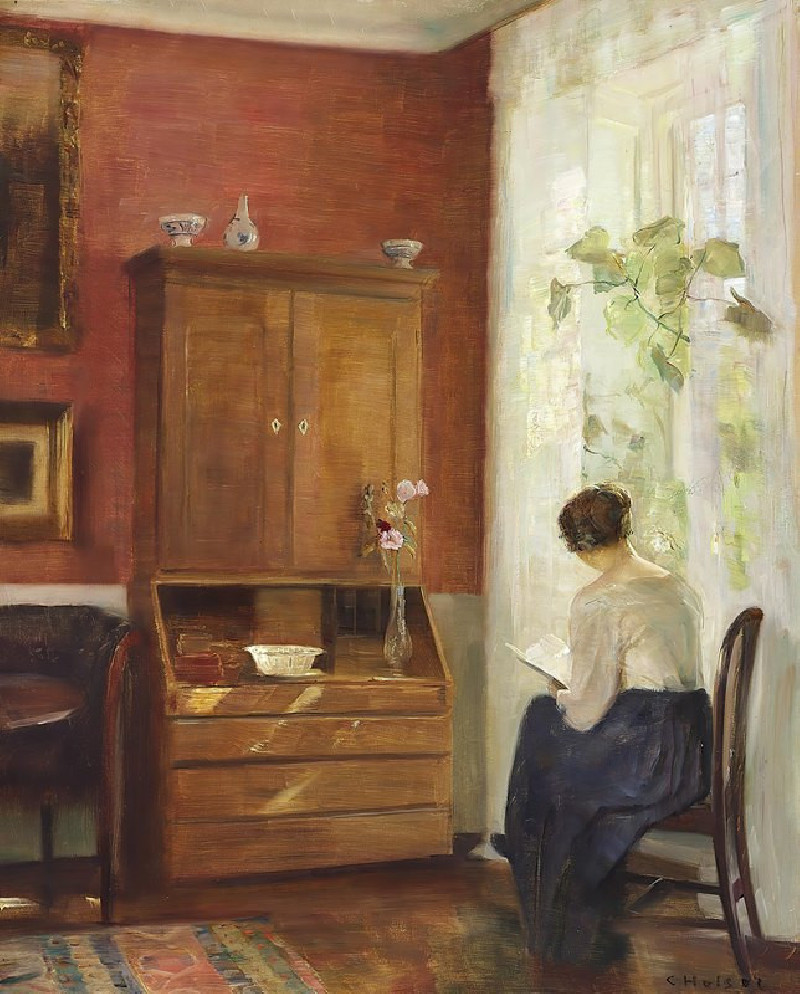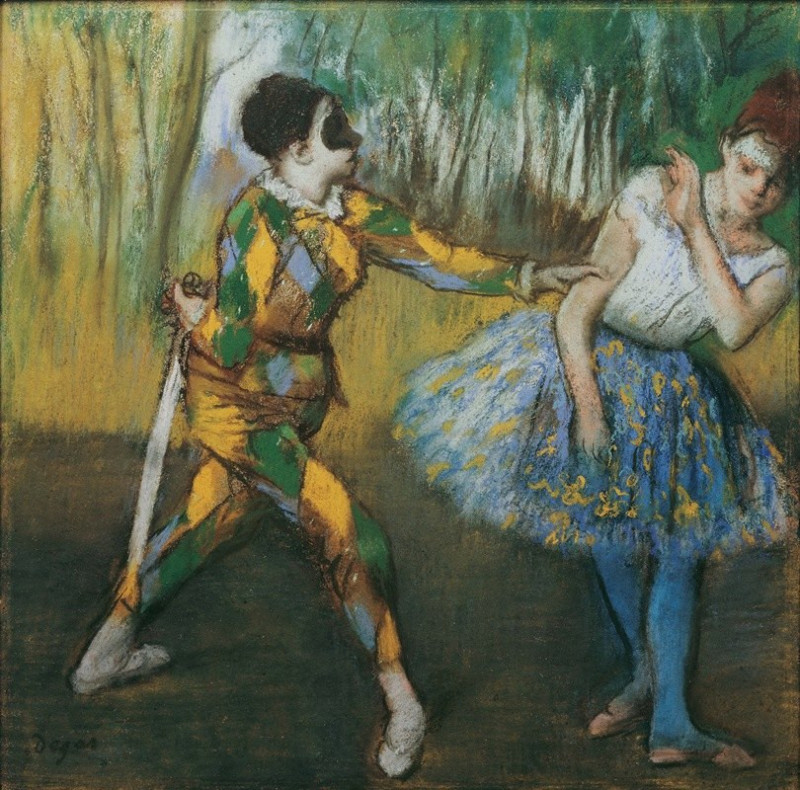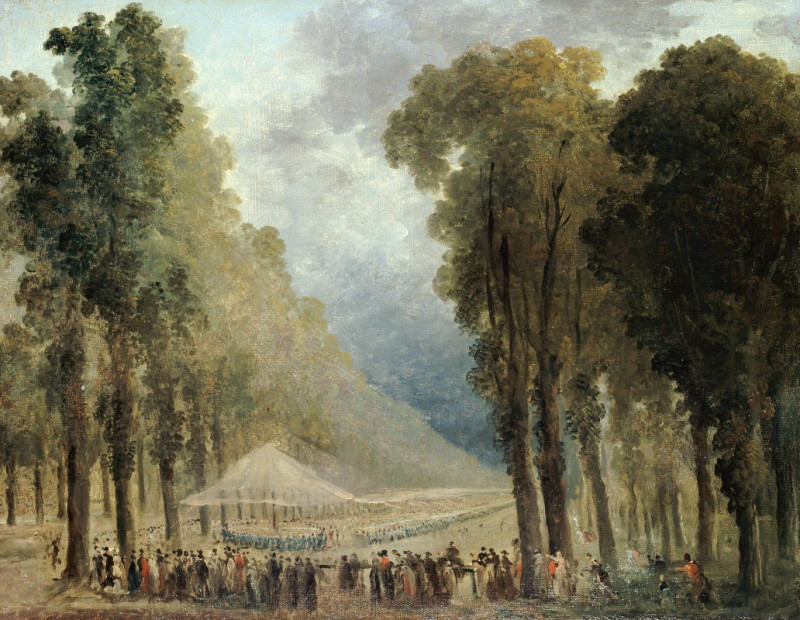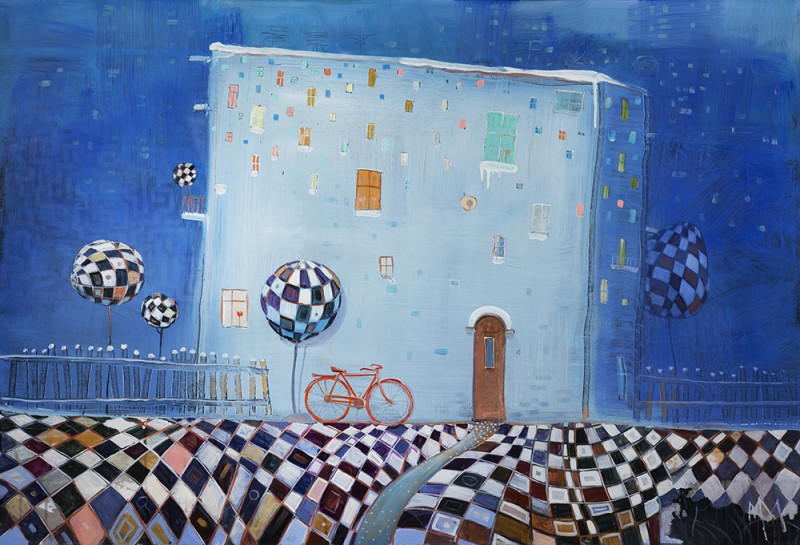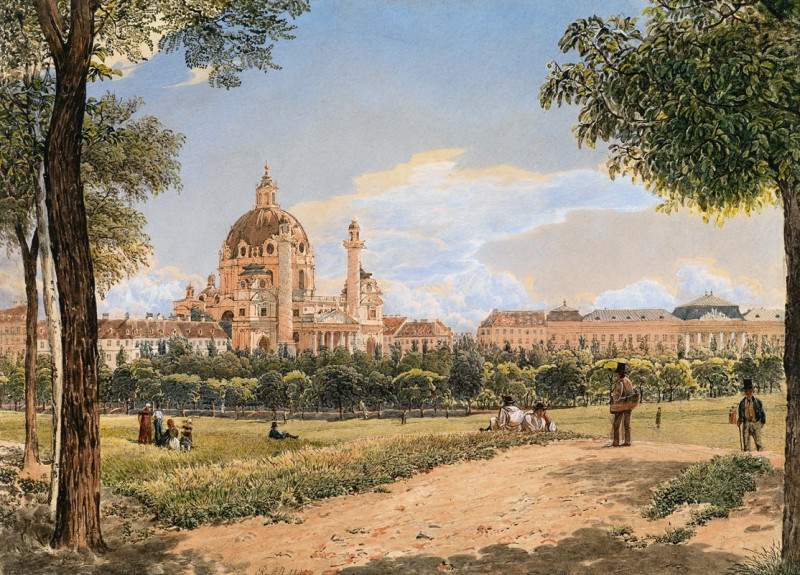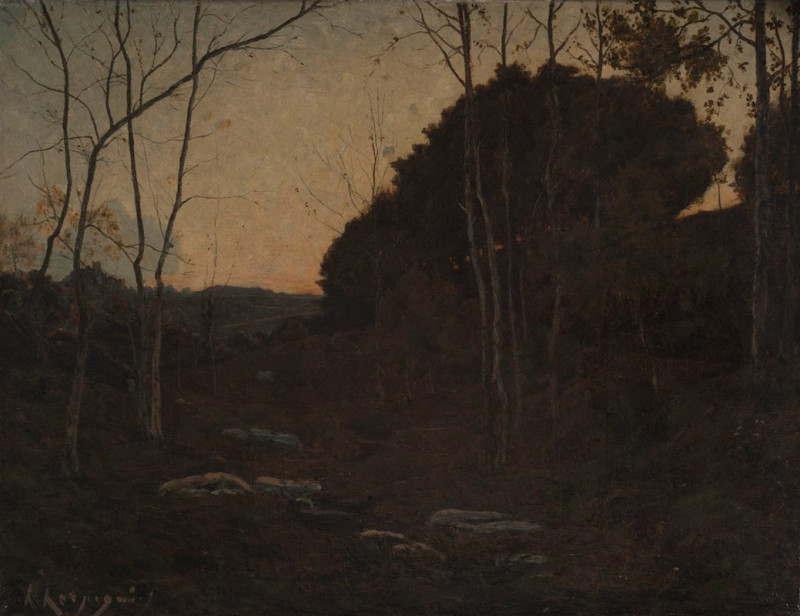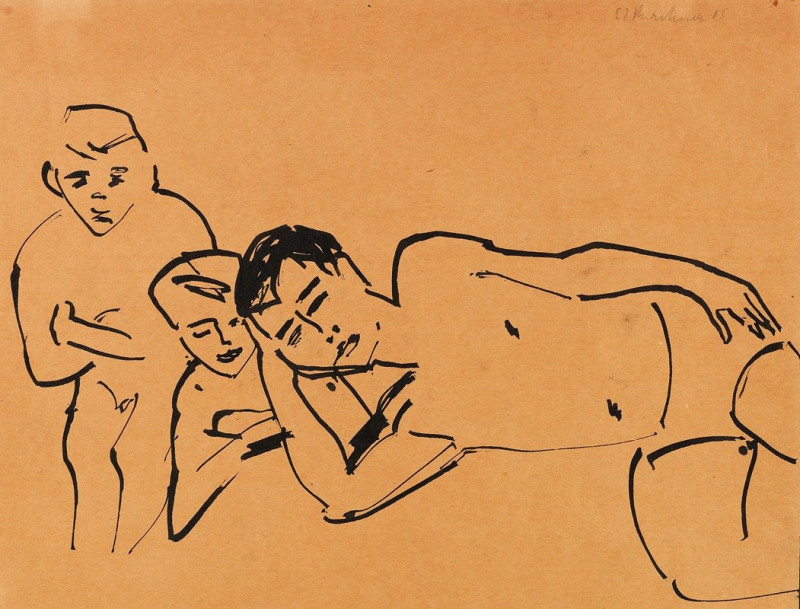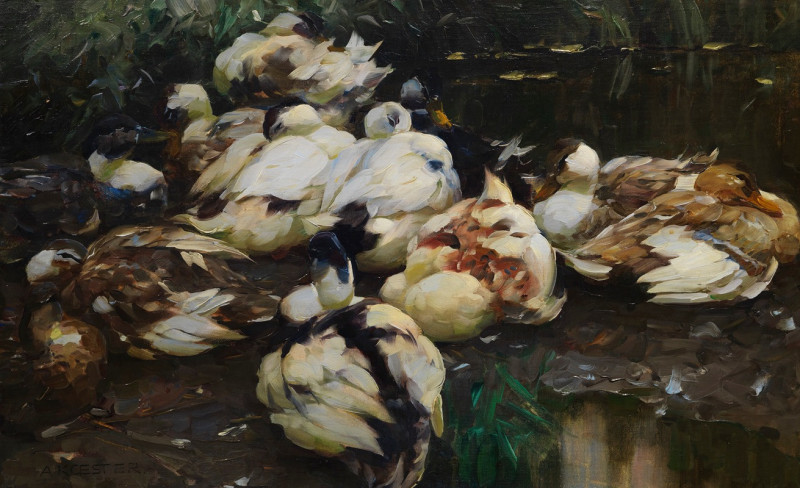The Avon Gorge, Looking toward Clifton (ca. 1820)
Technique: Giclée quality print
Recommended by our customers
More about this artwork
We are delighted to present a serene depiction of the British landscape in the painting "The Avon Gorge, Looking toward Clifton," created around 1820 by the noted artist Francis Danby. This exquisite work captures the breathtaking vista of the Avon Gorge, with a sweeping view that extends toward Clifton, providing a remarkable snapshot of early 19th-century England.The composition is anchored by the dramatic cliffs of the gorge, which define the rugged foreground, leading the viewer's eye toward the serene river Avon, which meanders gracefully through the scene. Danby meticulously depicts the subtle textures and colors of the cliffs, enhancing the natural grandeur of the setting.Central to the scene are two figures seated on the cliff's edge. Their relaxed postures and contemplative gaze suggest a moment of leisure and reflection, inviting the viewer to also pause and appreciate the tranquil beauty before them. The presence of these figures adds a human element to the majestic landscape, creating a link between the viewer and the depicted scene.Adding to the picturesque quality of the painting, a pair of sailboats glide gently on the river, their sails catching the light, which suggests a gentle breeze. This element of movement contrasts with the stillness of the figures and the permanence of the landscape. The distant horizon, marked by a cluster of buildings and lush trees, suggests the proximity to Clifton and adds depth to the painting.Overall, "The Avon Gorge, Looking toward Clifton" is a masterful portrayal of nature’s enduring splendor and the human interaction with it. Francis Danby’s use of light, detailed landscapes, and human figures reflect his ability to capture both the monumental and intimate aspects of the natural world.
Delivery
Returns
Francis Danby (16 November 1793 – 9 February 1861) was an Irish painter of the Romantic era. His imaginative, dramatic landscapes were comparable to those of John Martin. Danby initially developed his imaginative style while he was the central figure in a group of artists who have come to be known as the Bristol School. His period of greatest success was in London in the 1820s.



